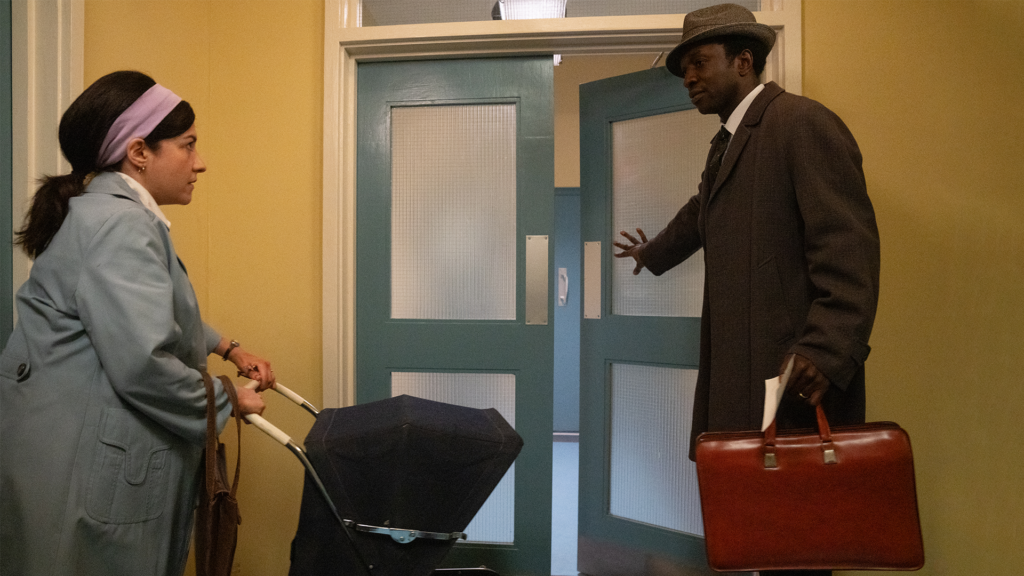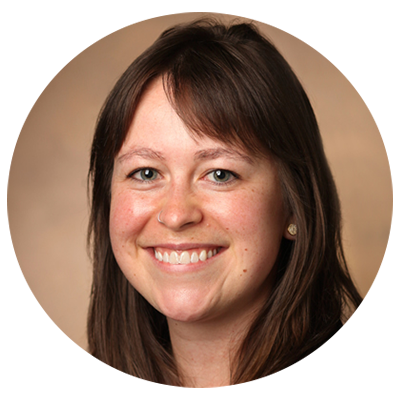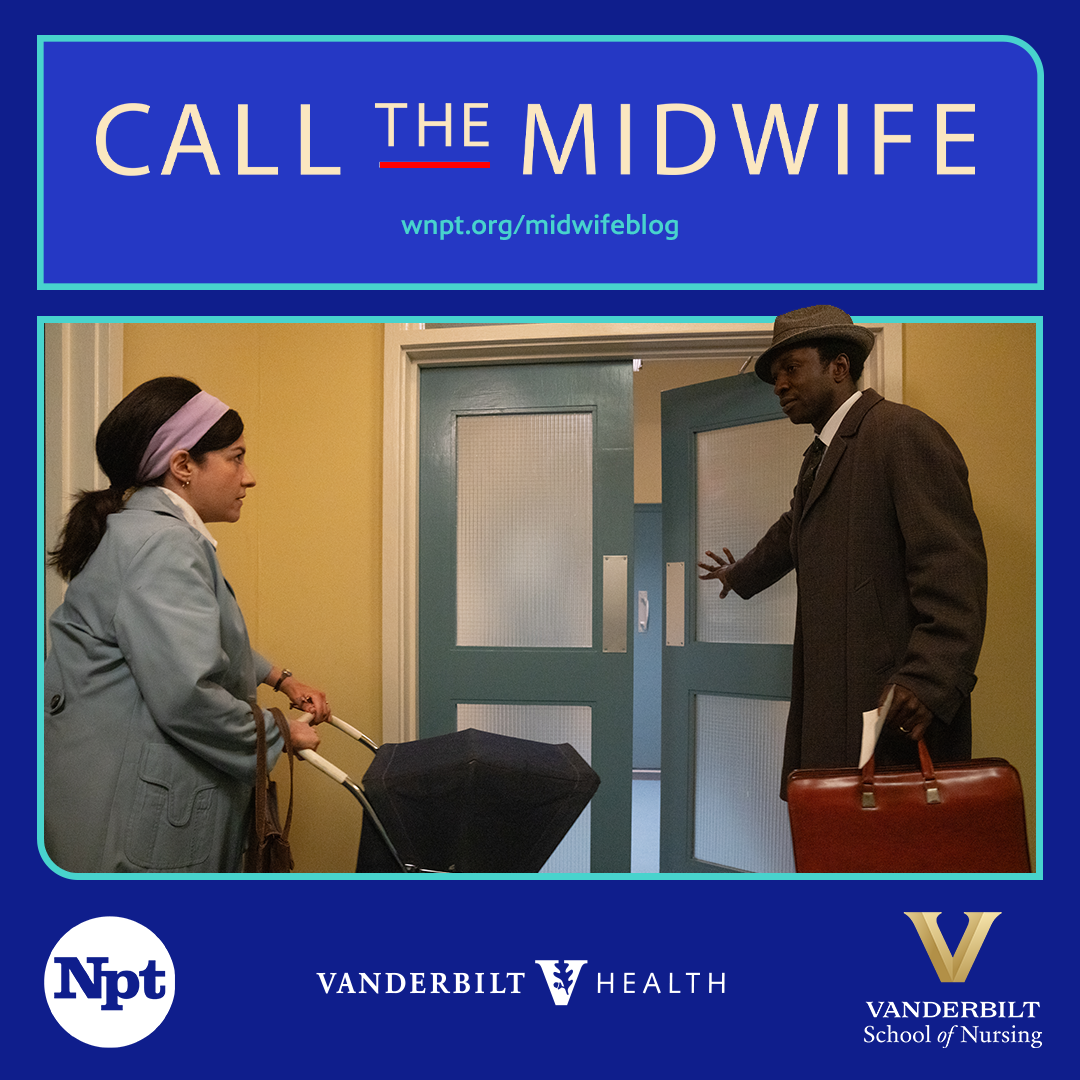
Call the Midwife is back for its 13th season and so are the faculty of the Vanderbilt University School of Nursing to provide historical and contemporary context in a weekly recap blog. Watch the show Sundays at 7 p.m. through May 5. SPOILER ALERT: Some posts may contain plot details.
Episode 2 of Call the Midwife Season 13 centers around a woman welcoming her second child while struggling as a single parent after the departure of her husband. She’s also overwhelmed by mold in her home – brought on by poor building practices compounded by an incompetent and cruel housing authority. Her efforts to clear the mold and draw attention to the problem are unsuccessful, and ultimately her older child becomes sick from exposure.
Trainee midwife Joyce cares for this family, during prenatal care and during the birth. At first the unfolding events are a reminder of the uncontainable mold back home in Trinidad. These memories and watching her patient face such unfairness encourages her to appreciate even more the sterility and order of the hospital setting, an environment she sees as safe and controlled.
But, Joyce realizes, the controlled, clinical environment fosters a distance where care is administered without acknowledgement of nor solutions for root problems that affect health. “Can you really nurse a person if you don’t know who they are?” Joyce asks Nancy.
I think many modern health care providers wrestle with this question. We see many patients a day and our practice is busy enough that the first time I meet a woman in her pregnancy might very well be during her labor. We can’t always know what families bring with them into the birthing environment, but we know birth doesn’t occur in a vacuum.
How do we observe and address the factors that influence health? And how does one provide personable, effective care when entering such an intimate space as a stranger? I don’t pretend to have all the answers.
After stern words from Shelagh, some maneuverings by Sister Veronica, and the lucky break of Cyril working in the housing office to document a report with his trademark thoughtfulness, Mrs. Bristow’s home is repaired, cleaned and once again habitable. Would that it were so easy outside of TV! But I don’t think anyone who enjoys Call the Midwife would begrudge the happy ending – in fact I believe it is the repetition of good people doing good work with such compassion that continues to draw and delight viewers.
Perhaps the answers lie here: approach each patient as an individual, provide space to learn the context that shapes their lives, and lead with kindness.

Una Sammon, CNM, has been a practicing certified nurse-midwife since 2019. She attends births at Vanderbilt University Medical Center.

